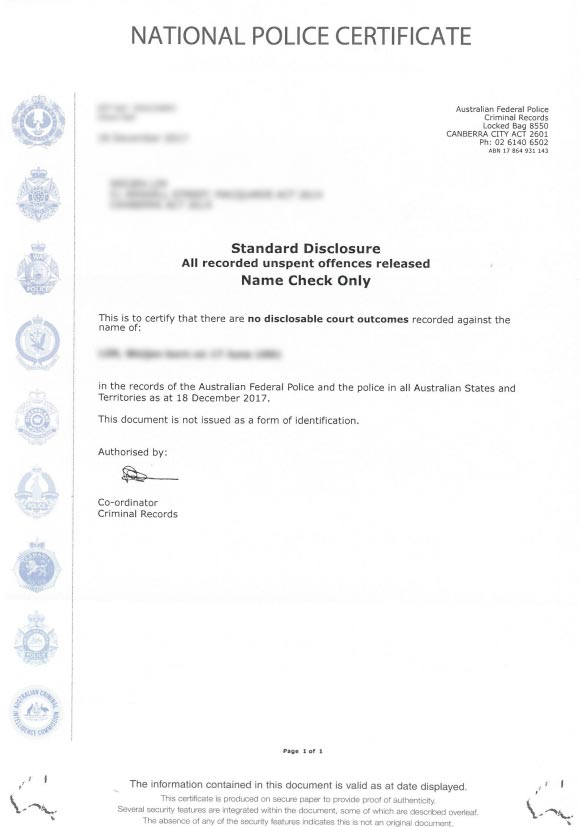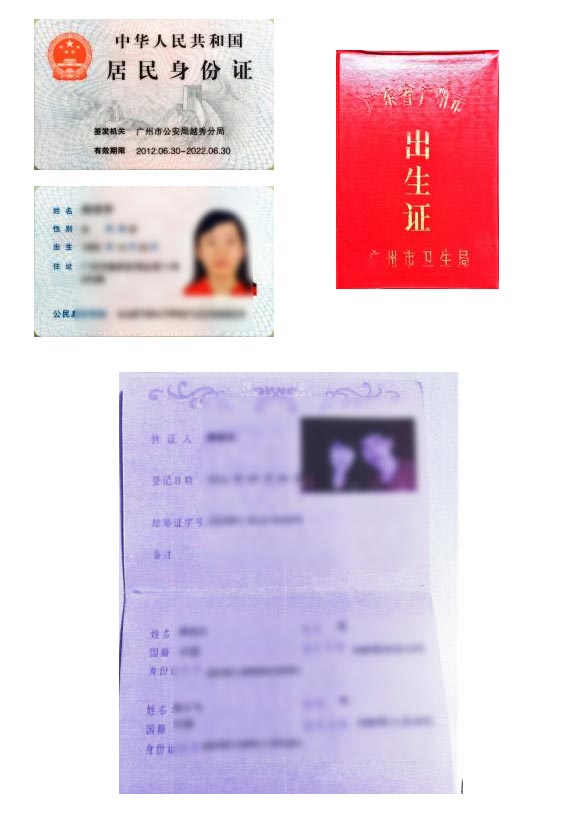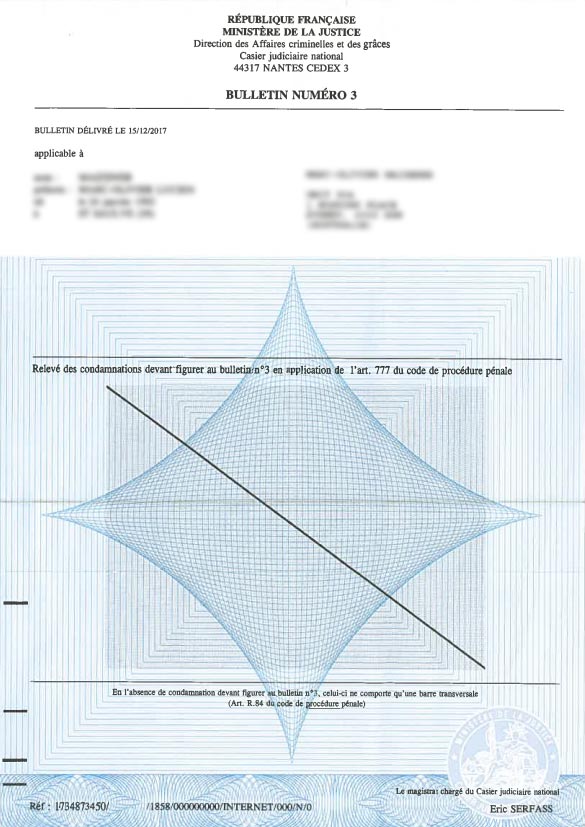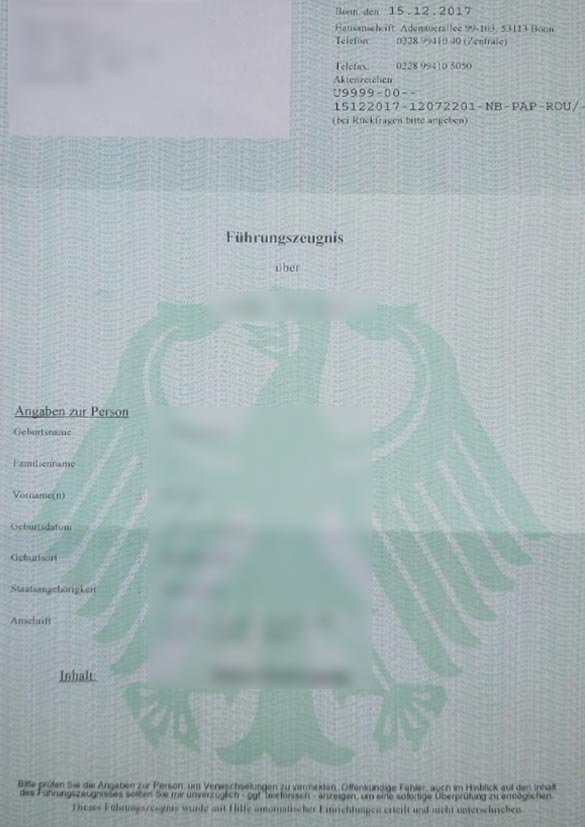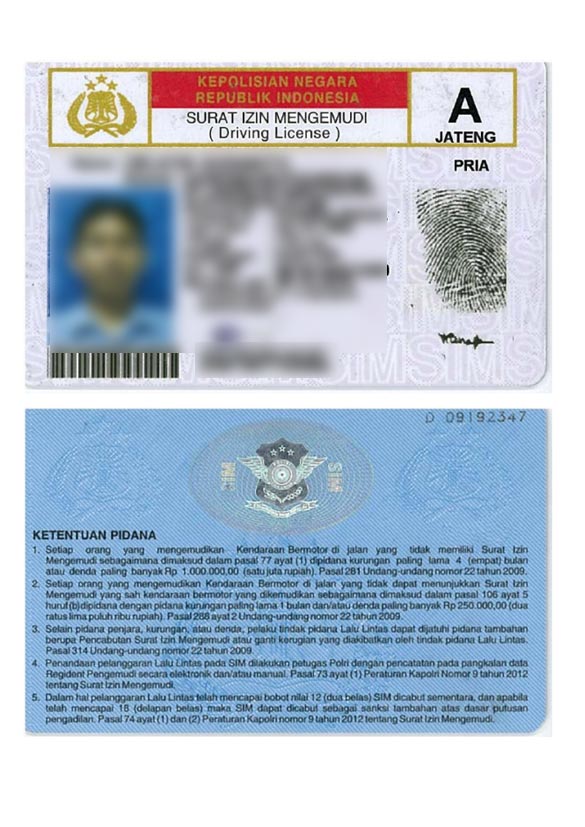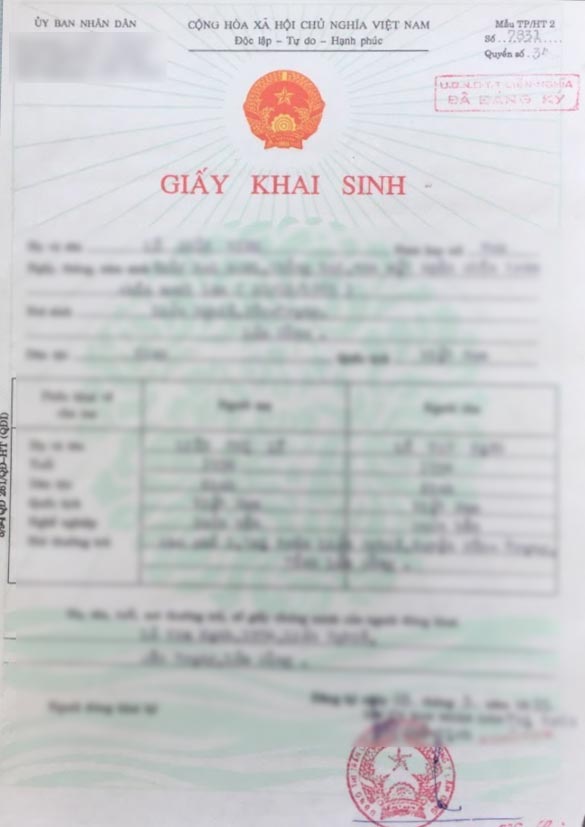Adelaide » City of Burnside
City of Burnside Document Translation Service
 Adelaide Translation provides professional document translation services for businesses and individuals from different sectors across many languages.
Adelaide Translation provides professional document translation services for businesses and individuals from different sectors across many languages.
All requests are handled by human translators and a dedicated project manager. Enquire about our translation services for the City of Burnside today.
Ask about our
- NAATI Accredited Translators for legal or migration documents
- Professional translators specialised in different fields
- Translation in all types of file formats, including InDesign
City of Burnside Suburbs
Get in touch
Local Government Areas
- City of Adelaide
- City of Burnside
- City of Campbelltown
- City of Charles Sturt
- City of Holdfast Bay
- City of Marion
- City of Mitcham
- City of Norwood Payneham St Peters
- City of Onkaparinga
- City of Playford
- City of Port Adelaide Enfield
- City of Prospect
- City of Salisbury
- City of Tea Tree Gully
- City of Unley
- City of West Torrens
- Corporation of the Town of Walkerville
Language Translation Services for City of Burnside
 Adelaide Translation work with clients from various industries requiring different types of documents translated.
Adelaide Translation work with clients from various industries requiring different types of documents translated.
We work hard to maintain high quality and reliability in all translation projects delivered. We also have resources specific to each industry, and keep record of the consistency and strength of our translators in delivering translations clients are satisfied in.
We are able to deliver translation projects via email wherever you are based in Australia.
- City of Burnside technical translation services
- City of Burnside legal translation services
- City of Burnside financial translation services
- City of Burnside medical translation services
NAATI Translators for City of Burnside
Certified translation services prepared by NAATI accredited translators, commonly requested:
- NAATI driver license translation
- NAATI bank statement translation
- NAATI birth certificate translation
- NAATI marriage certificate translation
- NAATI name-change certificate translation
- NAATI degree translation
- NAATI diploma translation
- NAATI school transcript translation
- NAATI police check translation
- NAATI personal letters and cards
- NAATI utility bill translations
Adelaide Translation provides fast and affordable certified translation services for all types of personal documents by NAATI accredited translators.
City of Burnside History

Burnside was inhabited by the Kaurna Indigenous people prior to European Settlement, with the natives living around the creeks of the River Torrens during the summer months and living in the Adelaide Hills during the wintertime. The area was first settled in 1839 by Peter Anderson, a Scots migrant, who named it Burnside after his property's location adjacent to Second Creek (in Scots, 'Burn' means creek or stream). The Village of Burnside was established shortly thereafter and the District Council of Burnside was gazetted in 1856, being separated from the larger East Torrens Council.
The council's first chairman was Dr. C. R. Penfold of Penfolds Wines fame. Wineries, mining and olive groves were the mainstay of an early Burnside economy; Glen Osmond boasted substantial mineral deposits and world-class vineyards were established at Magill. The first council chamber was designed by chairman George Soward and built in 1869 by Thomas Hill and William Yateman. The present Council Chambers were built in 1927/8 in Tusmore, with the council becoming a municipality in 1935. With strong growth and development throughout the region, Burnside was then proclaimed a city in 1943. The 1960s' brought to Burnside a community library and a swimming centre, both were further expanded and upgraded between 1997 and 2001.
City of Burnside Demographics
The population of the City of Burnside, at the time of the 2001 census, was 40,398. This was an increase of 1,308 from the 1996 census. 53.3% of the population is female and 73.6% were born in Australia. Burnside is characterised by what is called an 'urban mix' by demographers; it contains a diverse range of age, family and household types. There are 16,835 households in Burnside, 10,917 of these are self-described families. 45% of families represent a couple with children, 11.% represent a sole-parent family and 43.1% are couples without children (or whose children have left home). The large amount of couples without children (5.6% higher than the Adelaide average) owes to the sizeable elderly population. Almost a quarter (23.7%) of the population is aged 60 or over, almost a third (29.9%) is 24 or younger; mature adults are the largest population group at 46.4%. This would indicate a structure primarily of mature families and retirees, young adults are hugely unrepresented (although this is not unique to Burnside, this phenomenon is common throughout the majority of the Adelaide region); the 18-24 age group suffered a loss of 330 people between 1996 and 2001.
26.3% of the population was born abroad, less than the Adelaide average. 9% of the population came from English-speaking countries, while 14.3% did not. In decreasing order, the foreign-born population was from the United Kingdom, Italy, Malaysia, New Zealand, Germany, Greece, Hong Kong, India, China and South Africa. These patterns are broadly in-line with that of Australia as a whole; they reflect traditional immigration from Commonwealth countries such as the United Kingdom and New Zealand, later waves of Mediterranean migrants and more recent arrivals from Asia.
Religious adherence in Burnside is higher than the Adelaide and Australian average, standing at 71.7%. Of this adherence, 67.6% represents traditional Christian denominations. Common across Australia and many developed countries, there has been a substantial decline in religiosity; this is evident but less marked in Burnside; 17.7% of residents profess no religious belief (atheism, agnosticism, etc.). The ten strongest religions/denominations in decreasing order are: Catholic, Anglican, Uniting, Orthodox, Lutheran, Baptist, Buddhism, Presbyterian, Judaism and Hinduism. Catholicism is unique for its marked increase (575 persons) in believers between 1996 and 2001, most other religions' numbers remained stable or saw a slight decrease.

